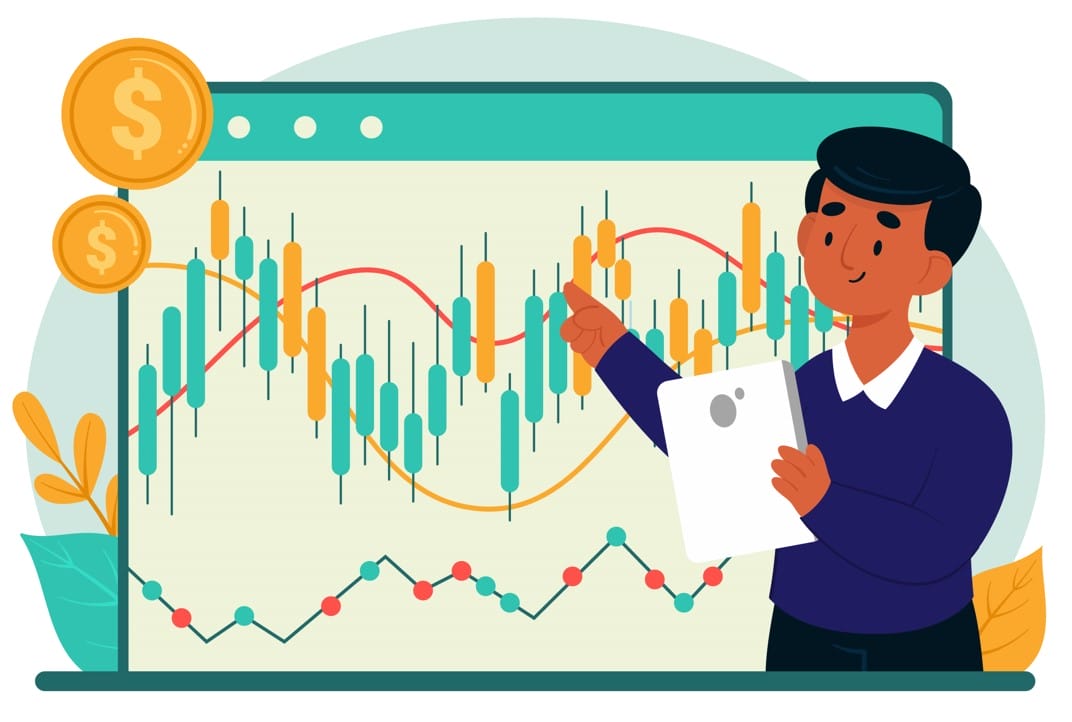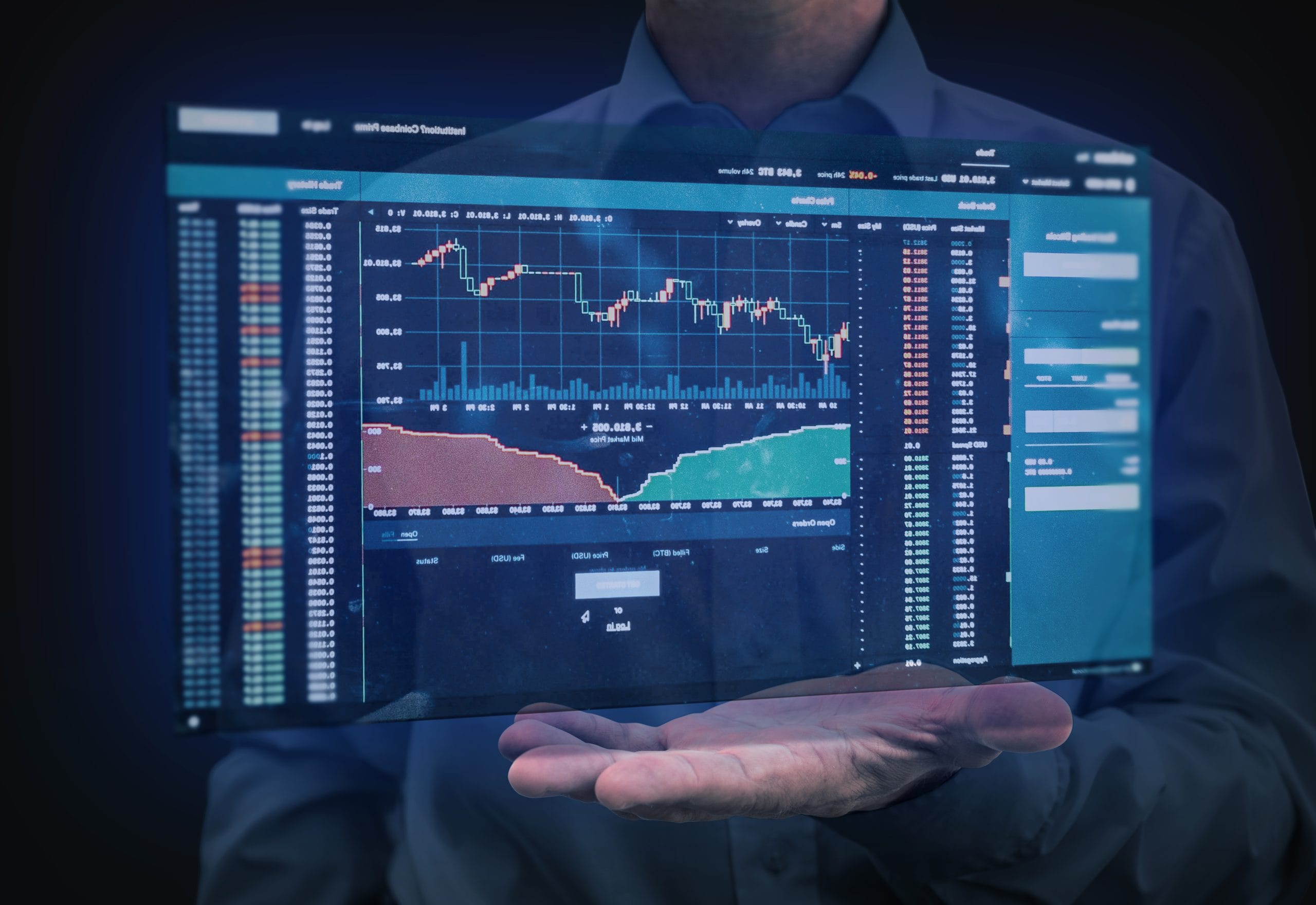Introduction:

Forex Trading Overview: In the introductory section, the guide provides an overview of the foreign exchange (forex) market. It explains that forex trading involves the buying and selling of currencies, making it the largest and most liquid financial market in the world. Trillions of dollars are traded daily, which attracts a wide range of participants, from individual retail traders to large financial institutions and central banks.
The Importance of Navigating Forex Challenges: This part underscores the significance of understanding and addressing the challenges faced by forex traders. The forex market is highly volatile and can be unforgiving, making it crucial for traders to be well-prepared to face these challenges. It also highlights that by overcoming these challenges, traders can unlock the potential for substantial financial rewards.
Purpose of the Guide: The introduction sets out the primary purpose of the guide, which is to serve as a comprehensive resource for traders seeking not only to survive but to thrive in the forex market. It is designed to empower traders with knowledge and strategies to overcome obstacles and seize opportunities in forex trading.
By presenting this information in the introduction, the guide offers a clear context for readers, helping them understand why it’s crucial to learn about forex trading and how this guide will assist them in their journey.
Section 1: Understanding the Forex Market:

What is Forex Trading?
This section provides a fundamental understanding of forex trading. It explains that forex trading involves the simultaneous buying of one currency and selling of another and that these transactions are executed in currency pairs. Key concepts like exchange rates, base and quote currencies, and pip values are introduced.
Market Participants: In this part, the guide delves into the various types of participants in the forex market. It distinguishes between retail traders (individual traders) and institutional traders (such as hedge funds and banks) and highlights the role of market makers, who facilitate trading by providing liquidity. Additionally, the section briefly touches on the importance of selecting a reputable forex broker to engage in the market.
Market Hours and Sessions: This section explains the operating hours of the forex market, which operates 24 hours a day, five days a week. It then delves into the major trading sessions, which include the Asian, European, and North American sessions, each with unique characteristics and currency pairs that tend to be most active during those times. The concept of overlapping sessions, where two major sessions coincide, is also introduced, as it often results in increased market volatility.
Section 1 serves as the foundation for readers who may be new to forex trading, providing them with essential knowledge about the market’s structure, participants, and operating hours.
Section 2: Common Forex Challenges:

Volatility and Risk Management: In this section, the guide addresses the challenge of market volatility. It explains that the forex market is known for its price fluctuations, which can lead to significant gains or losses. The section then delves into risk management techniques, emphasizing the importance of assessing and managing risk effectively. Concepts like risk-reward ratios, position sizing, and using stop-loss orders to limit potential losses are discussed in detail.
Psychological Challenges: This part focuses on the psychological aspect of trading. It highlights that maintaining emotional control and discipline is vital for success in forex trading. It discusses common psychological challenges, such as fear, greed, and overtrading, and provides strategies to avoid these pitfalls. Additionally, it stresses the importance of avoiding revenge trading, a dangerous practice driven by emotions.

Technical Analysis and Charting: This section introduces technical analysis as a common challenge for traders. It explains that technical analysis involves the study of price charts, patterns, and indicators to make trading decisions. The guide covers candlestick patterns, technical indicators, and the identification of support and resistance levels. Readers are given insights into how technical analysis can be used to predict future price movements.
Fundamental Analysis: Here, the guide delves into the challenge of fundamental analysis, which involves examining economic indicators, news events, and central bank policies to make trading decisions. The section introduces key economic indicators like GDP, employment data, and interest rates. It also explains the role of major news events and how central bank policies, like interest rate decisions, can impact currency values.
This section provides an in-depth exploration of the most common challenges that forex traders encounter. It equips traders with a better understanding of market volatility, psychological factors affecting trading decisions, and the essential tools of technical and fundamental analysis to navigate these challenges effectively. It sets the stage for the subsequent sections, where strategies and techniques to address these challenges will be explored in greater detail.
Section 3: Surviving the Challenges:

Trading Strategies: This section is dedicated to understanding various trading strategies. It covers different timeframes, including scalping (very short-term trading), day trading (intraday trading), and swing trading (holding positions for a few days). The guide emphasizes the importance of creating a trading plan, which involves defining your trading goals, risk tolerance, and entry/exit strategies. Traders are encouraged to backtest their strategies on historical data and practice with demo accounts before risking real capital.
Risk Management Techniques: Here, the focus is on risk management, a crucial aspect of successful trading. The guide emphasizes proper capital allocation, which means not risking too much of your trading capital on a single trade. It discusses the responsible use of leverage, stressing that while leverage can amplify profits, it can also increase losses. The concept of diversification, spreading risk across multiple assets or trades, is explained to mitigate potential losses.

Trading Psychology: This part delves into the psychological aspects of trading. Traders are encouraged to develop a disciplined trading mindset, which involves keeping emotions in check, following a trading plan, and maintaining patience and discipline. The guide also suggests keeping a trading journal to record and review your trades, helping you identify and correct any psychological or behavioral patterns that may be hindering your success. Stress management techniques are discussed to help traders cope with the emotional pressures of trading.
Technical and Fundamental Analysis: In this section, the guide explores how traders can use both technical and fundamental analysis to make informed trading decisions. It emphasizes the value of combining these two analysis methods. Traders are encouraged to stay informed by regularly reviewing market news and economic calendars. The section explains how to analyze market sentiment and use it as an additional tool in decision-making.
This section equips traders with essential strategies and techniques to not only survive but thrive in the forex market. By understanding various trading strategies, implementing sound risk management practices, maintaining a strong trading psychology, and integrating technical and fundamental analysis, traders can increase their chances of success and long-term profitability. These skills are fundamental to achieving consistent results in forex trading.
Section 4: Thriving in Forex Trading:

Advanced Trading Strategies: This section delves into more advanced trading strategies that experienced traders can employ. It covers algorithmic trading, a method that uses computer programs to execute trades based on predefined criteria, often involving complex algorithms and automated systems. High-frequency trading (HFT) is another advanced approach where traders make numerous quick trades within milliseconds. Options and derivatives trading, which involve using financial instruments like options and futures, are also discussed.
Portfolio Management: This part focuses on the importance of managing a diversified portfolio. It explains the benefits of spreading investments across different asset classes and trading strategies. Asset allocation, the process of distributing investments across various assets, is emphasized as a way to balance risk and potential returns. The section touches on the differences between long-term investing and short-term trading and encourages traders to carefully consider their investment horizon.

Continuous Learning and Improvement: The guide highlights the significance of ongoing education and improvement for traders. It recommends staying updated with market trends and emerging technologies that may impact trading. Engaging with online forums and communities is encouraged as a way to network with other traders and learn from their experiences. Attending webinars, seminars, and workshops is also advised to gain insights from industry experts.
Setting Realistic Goals: This part discusses setting and managing trading goals. It distinguishes between short-term and long-term goals, highlighting the importance of having clear, achievable objectives. Performance metrics are introduced, including metrics that help measure trading success and risk-adjusted returns. The guide encourages traders to adapt to changing market conditions and adjust their goals and strategies accordingly.
This section is designed to help traders move beyond survival and progress towards thriving in the forex market. By exploring advanced trading strategies, mastering portfolio management, continuously learning and improving, and setting realistic and adaptable goals, traders can aim for greater success and financial growth in their trading endeavors. These strategies and approaches are tailored to experienced traders looking to take their trading to the next level.
Section 5: Tools and Resources:

Trading Platforms and Tools: This section discusses the essential tools and platforms used by forex traders. It provides an overview of popular trading platforms, such as MetaTrader 4 (MT4) and MetaTrader 5 (MT5), which offer charting, order execution, and technical analysis capabilities. Additionally, it explores charting software that traders can use to analyze price charts and identify trading opportunities. The section introduces trading robots and expert advisors, which are automated trading systems that can execute trades on behalf of traders.
Educational Resources: Here, the focus is on the resources available to traders for education and skill development. The guide mentions books and courses that can help traders learn the basics and advanced concepts of forex trading. It also highlights online forums and communities where traders can share knowledge, experiences, and strategies. Furthermore, webinars and seminars are recommended for traders to attend, as these events provide opportunities to learn from industry experts.
Economic Calendars and News Sources: This part explains the importance of staying informed about economic events and news that can impact the forex market. It discusses the use of economic calendars, which provide schedules of important economic releases like GDP reports and interest rate decisions. Additionally, it suggests reliable news sources, both online and offline, where traders can access up-to-date information about global events that might affect currency prices.
This section serves as a guide to the tools and resources that forex traders can leverage to enhance their trading capabilities. By utilizing the right trading platforms and tools, seeking educational resources for continuous learning, and staying informed through economic calendars and news sources, traders can make more informed decisions and improve their overall trading performance.
Section 6: Risk and Money Management:

Risk Assessment: This section begins with the importance of assessing your risk tolerance. It emphasizes the need for traders to understand their personal comfort level with risk and to align their trading strategies with this risk profile. The guide explains that risk assessment is a critical step in creating a trading plan, allowing traders to set clear risk management guidelines.
Position Sizing: Position sizing is a key element of managing risk in forex trading. The guide delves into the difference between fixed and variable position sizing. Fixed position sizing involves trading a consistent dollar or percentage amount per trade, while variable position sizing adjusts the trade size based on factors like market conditions and account balance. The section provides insights into how to calculate the appropriate position size for a trade, considering factors like account size and risk per trade.

Stop Loss and Take Profit Strategies: Managing risk involves setting stop loss and take profit orders. This section explains how stop loss orders are used to limit potential losses by automatically closing a losing trade at a predetermined price level. Take profit orders are introduced as tools for locking in profits by closing a winning trade at a target price. The guide also discusses the concept of trailing stops, which allow traders to move their stop loss orders as a trade becomes more profitable, potentially maximizing gains.
Effective risk and money management are essential for long-term success in forex trading. By assessing your risk tolerance, using appropriate position sizing, and employing stop loss and take profit strategies, you can protect your capital and minimize potential losses, ultimately helping you to achieve consistent profitability in the forex market. This section provides traders with the tools and strategies they need to manage risk effectively.
Section 7: Case Studies and Real-Life Examples:
![]()
Case Study 1: Successful Forex Trader: This section features a case study of a successful forex trader. It provides an in-depth examination of the trader’s journey to success in the forex market. The case study outlines the trader’s experiences, including the strategies they employed and the challenges they overcame to achieve their success. It may also include insights into risk management and lessons learned along the way. The goal is to provide readers with a real-life example of someone who has thrived in the forex market, offering inspiration and practical insights.
Case Study 2: Learning from Mistakes: In contrast to the first case study, this section focuses on a trader’s losses and the lessons learned from mistakes. It presents a trader’s experiences, detailing their losses and analyzing what went wrong. This case study helps readers understand the importance of learning from failures, adapting to challenges, and using mistakes as opportunities for growth. It provides practical insights into recovery strategies and how to avoid repeating the same errors.
The case studies and real-life examples in this section serve as valuable teaching tools for forex traders. By examining the journeys and experiences of successful traders and those who have faced setbacks, readers gain practical insights into what works and what doesn’t in the forex market. These case studies offer a realistic perspective on the challenges and opportunities of forex trading, helping traders learn from the successes and mistakes of others.
Section 8: Legal and Ethical Considerations:

Regulations and Compliance: This section discusses the regulatory environment in the forex market. It introduces the regulatory bodies responsible for overseeing forex trading, such as the Commodity Futures Trading Commission (CFTC) in the United States and the Financial Conduct Authority (FCA) in the United Kingdom. The guide emphasizes the importance of compliance with these regulations and laws, which are designed to protect traders from fraudulent practices and ensure market integrity.
Avoiding Scams and Fraud: In this part, the guide educates traders on how to recognize and avoid forex scams and fraudulent activities. It provides guidance on identifying common scams, such as Ponzi schemes and unregistered brokers. The guide also underscores the significance of protecting personal and financial information, practicing due diligence when selecting a broker, and being cautious about schemes promising guaranteed profits.

This section serves as a crucial reminder that, beyond the technical and strategic aspects of forex trading, traders must be aware of the legal and ethical considerations that impact their activities. By understanding regulations, adhering to compliance requirements, and being vigilant against scams and fraud, traders can operate in a safer and more secure trading environment, ultimately protecting their investments and ensuring ethical practices in their trading endeavors.
Conclusion:
The Road to Success in Forex Trading: In the conclusion, the guide summarizes the key takeaways and insights provided throughout the guide. It reiterates that success in forex trading is a journey and a process. Success doesn’t happen overnight, and it requires dedication, continuous learning, and adaptability.
Final Words of Advice: This section offers some final words of advice and encouragement for traders. It may emphasize the importance of remaining patient, disciplined, and resilient in the face of challenges. It might also underscore the need for ongoing education and staying updated with market developments.
Encouragement to Keep Learning and Growing as a Trader: The conclusion ends with a message of encouragement, urging traders to maintain a growth mindset. Forex trading is a dynamic field, and there’s always more to learn and explore. The guide reminds traders that the journey is ongoing and that each challenge and experience contributes to their growth as a trader.
The conclusion wraps up the guide by summarizing the key points and offering motivation for traders to continue their forex trading journey with determination and a commitment to improvement. It serves as a positive and inspiring ending to the guide, reminding traders of the opportunities that await those who persevere in this challenging yet rewarding endeavor.
Don’t trade all the time, trade forex only at the confirmed trade setups.
Get more confirmed trade setups here: forexgdp.com/buy/
